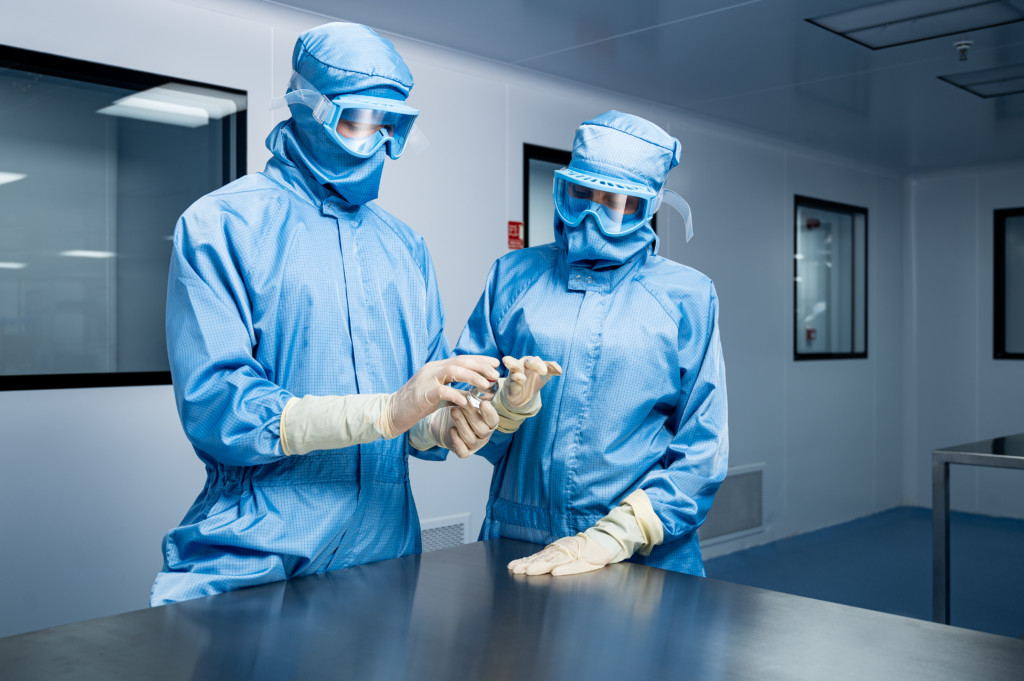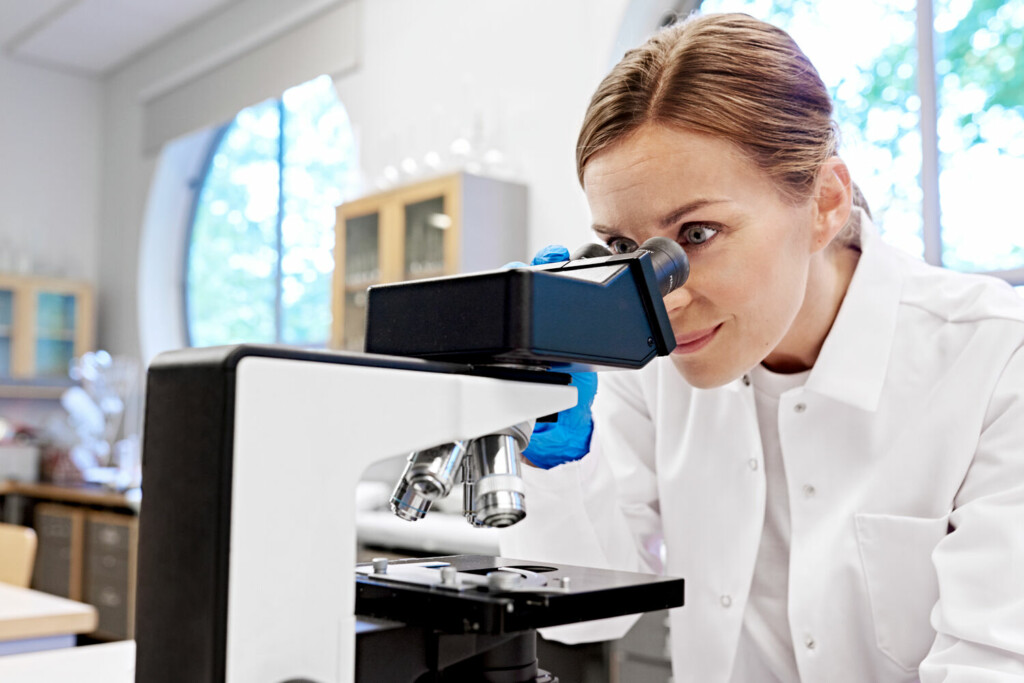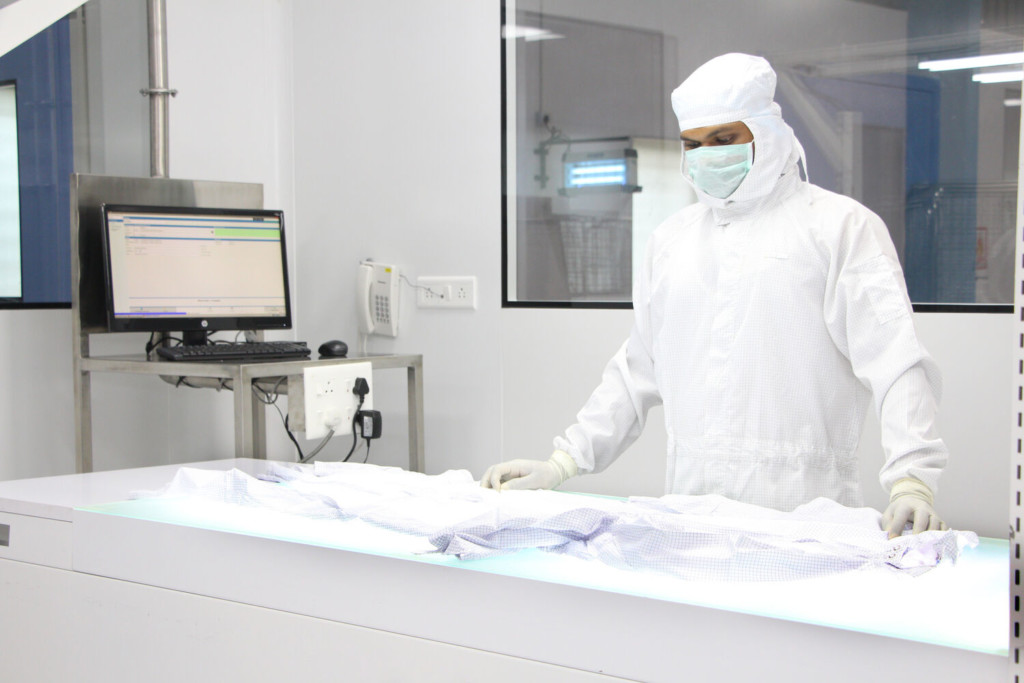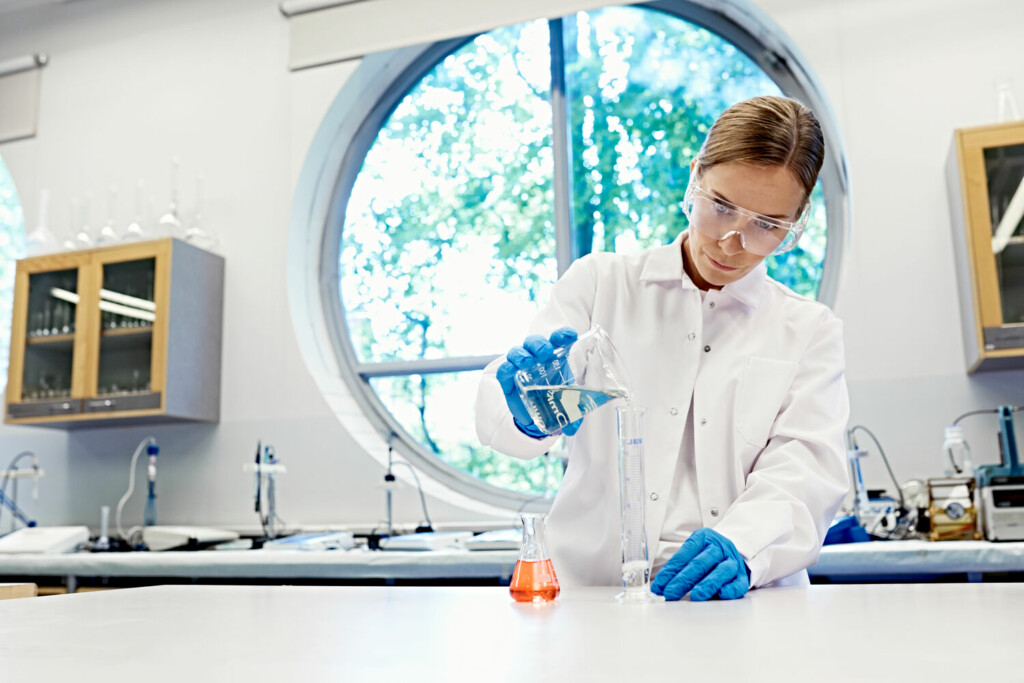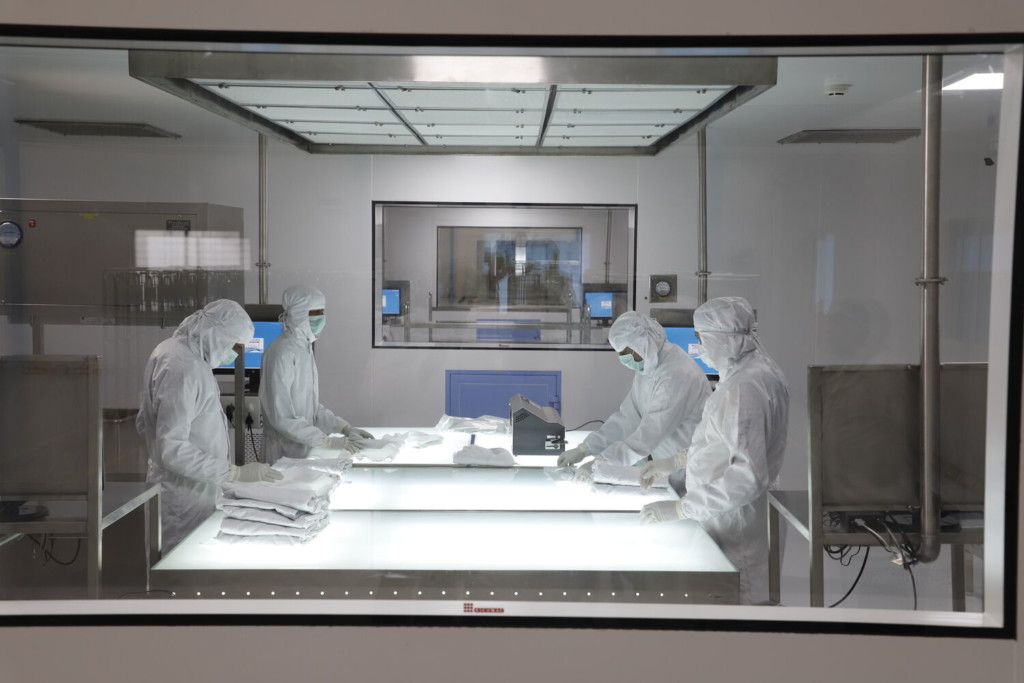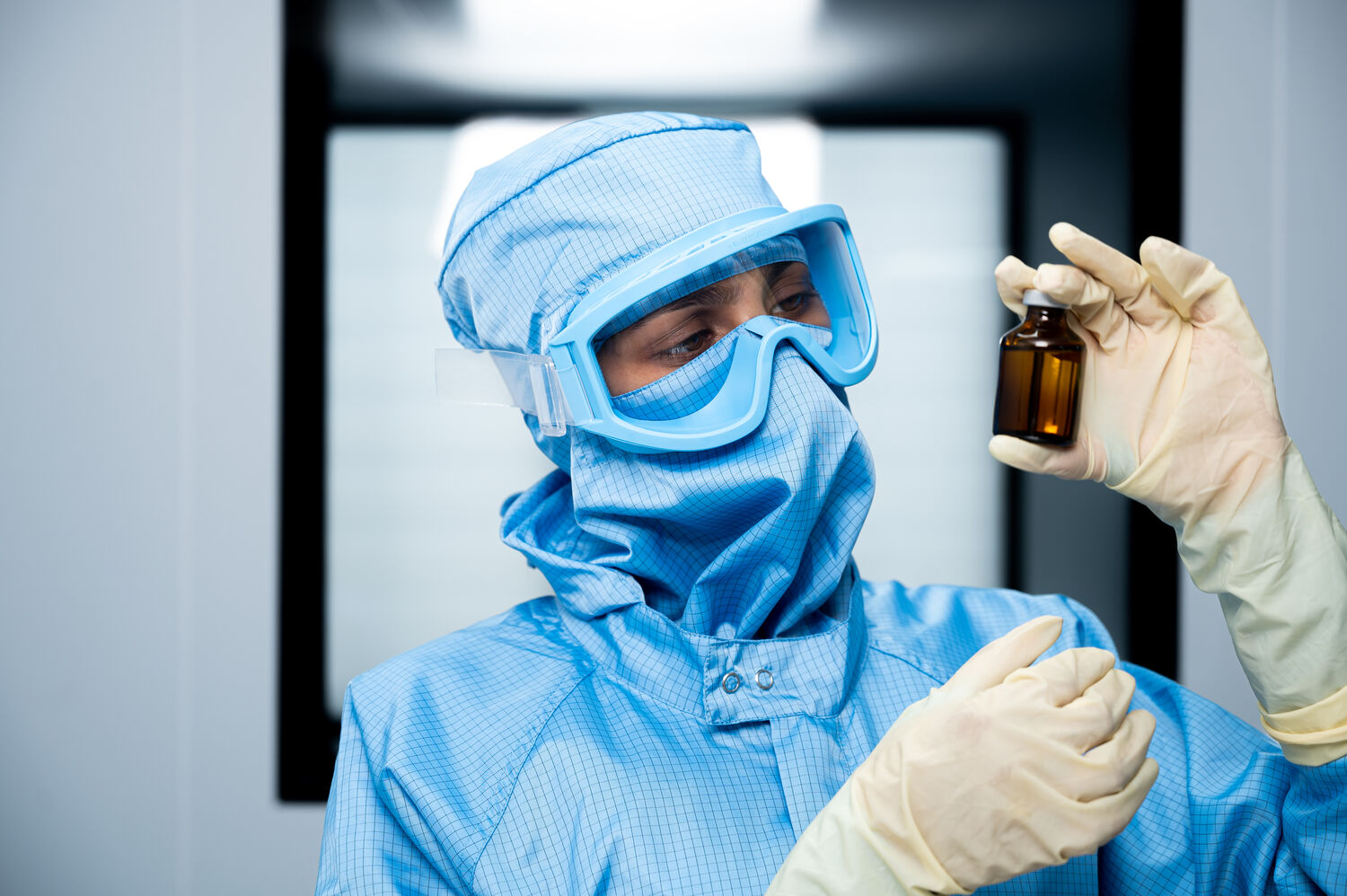
Ensure hygienic pharmaceutical cleanrooms with correct garments
The garments used in pharmaceutical cleanrooms play a crucial role in maintaining the cleanliness of controlled environments. They serve as the vital barrier between human skin and production areas. Ensuring the cleanliness of these garments is a cornerstone in preventing contamination and preserving product quality. Established methods such as surface bioload testing and visual verification are common in companies. Contrary to this, many often overlook particulate cleanliness testing after decontamination or laundering.
Understanding garments’ cleanliness verification in pharmaceutical cleanrooms
Cleanroom garments adhere to stringent cleanliness standards, serving as the primary defense against human contamination. Following the laundering or decontamination process, verification methods are employed to assess the contamination levels on garment surfaces, ensuring the integrity of the cleanroom environment.
Surface Bioload Testing: One widely used method is the Contact plate test – RODAC (Replicate Organism Direct Agar Contact) plate method. This technique involves pressing a sterile agar plate against the garment surface to collect microbial contaminants. After an incubation period, colonies undergo counting and analysis to determine bioload levels, primarily assessing biological contamination. Surface bioload testing provides valuable insights into microbial contamination.
Particulate Cleanliness Testing: Particulate cleanliness testing focuses on the presence of particles on garment surfaces. This is crucial, as particulate contaminants can compromise product quality and pose risks to sensitive processes. Methods like the Helmke drum test, a non-destructive particle counting test (Ref: IEST-RP-CC003), simulate particle shedding from garments under controlled conditions. The processing garment goes into a rotating drum, which is open at one end and rotates at a defined RPM. A particle counter samples the air within the drum to determine the particle release rate. By quantifying particle dislodgement, this test provides valuable data on garment cleanliness, complementing microbial assessment techniques.
Comprehensive Cleanliness Verification
To ensure thorough cleanliness verification of cleanroom garments, adopting a multi-faceted approach is necessary. This involves combining microbial and particulate cleanliness testing methods to obtain a comprehensive assessment of cleanroom garment cleanliness. Integrating contact plate testing with particulate cleanliness tests enables a holistic understanding of contamination levels on garment surfaces. This enables informed decision-making regarding garment suitability for cleanroom use and helps maintain the integrity of pharmaceutical production environments.
As part of contamination control, mastering cleanroom garment cleanliness requires a comprehensive strategy. By acknowledging the significance of both microbial and particulate cleanliness testing, companies can elevate their standards, ensuring the highest level of cleanliness in their operations.
